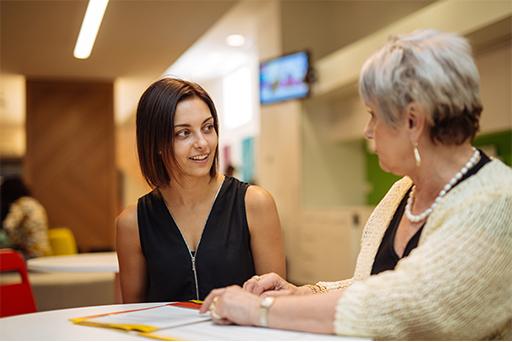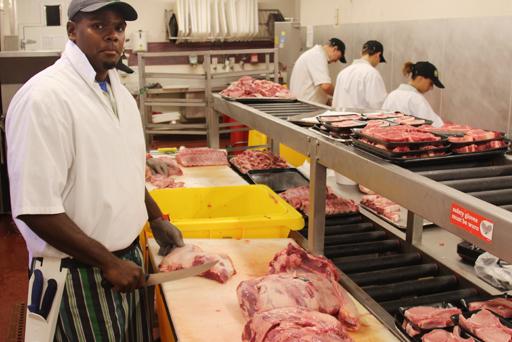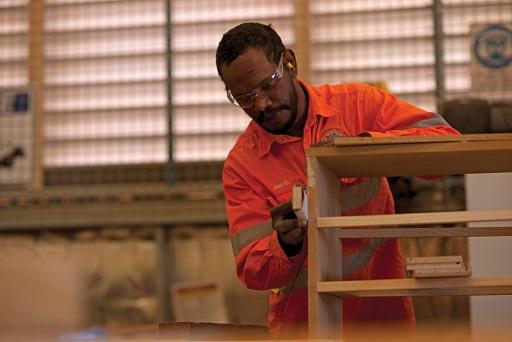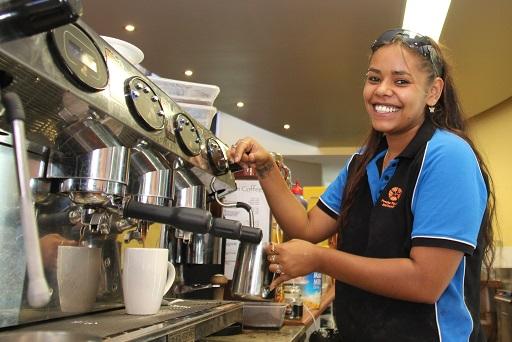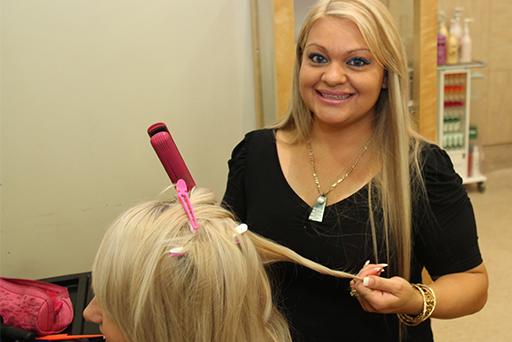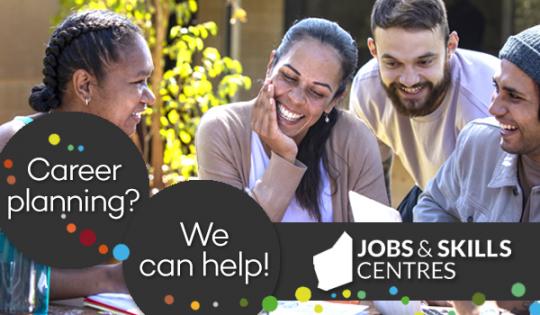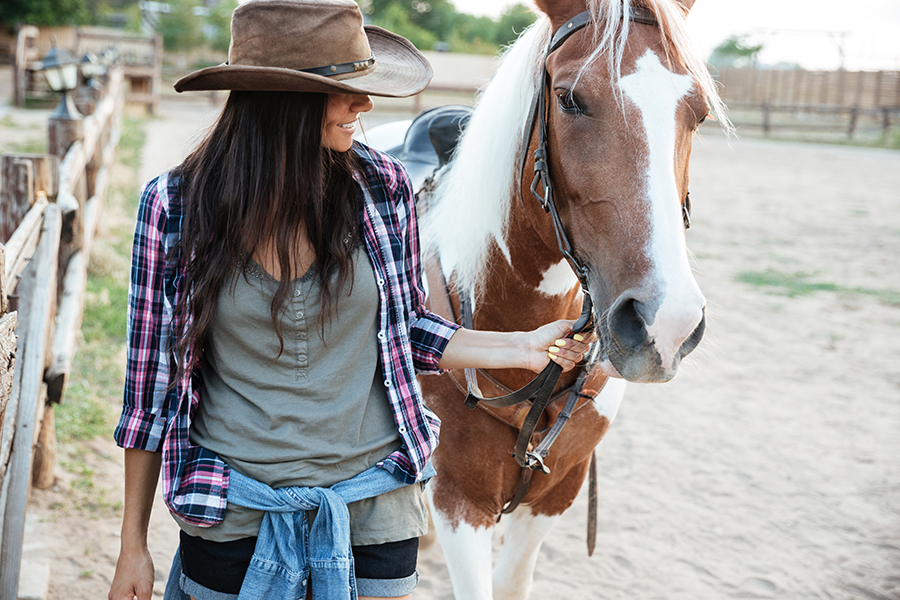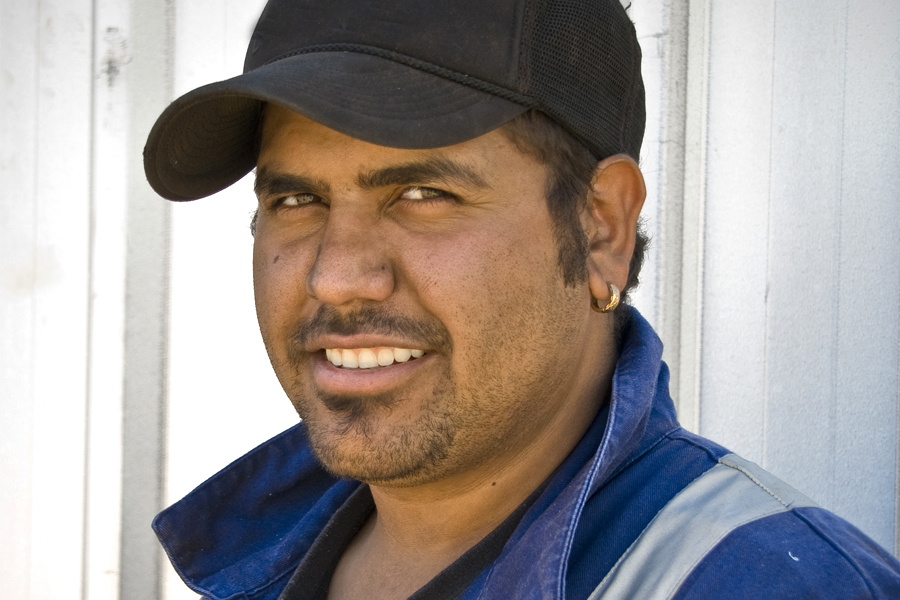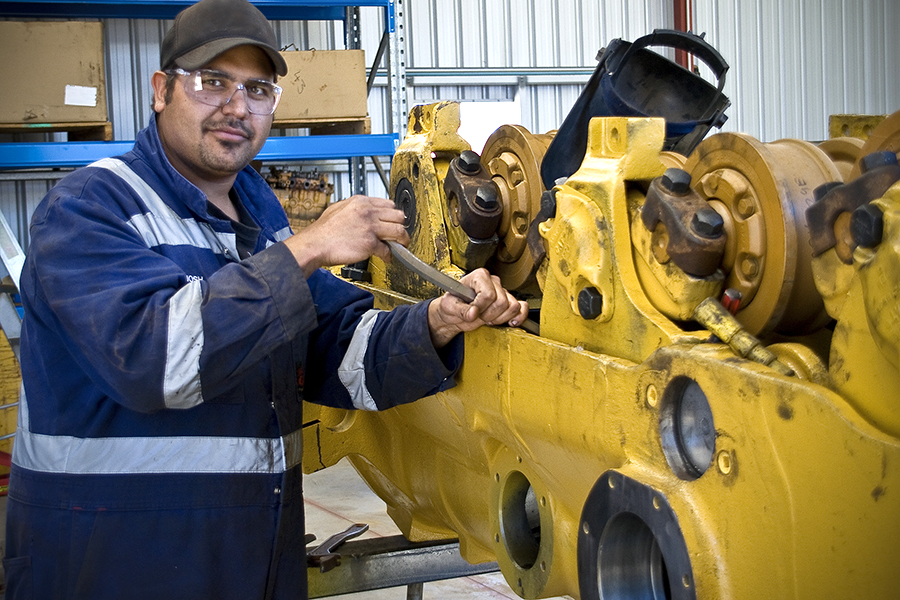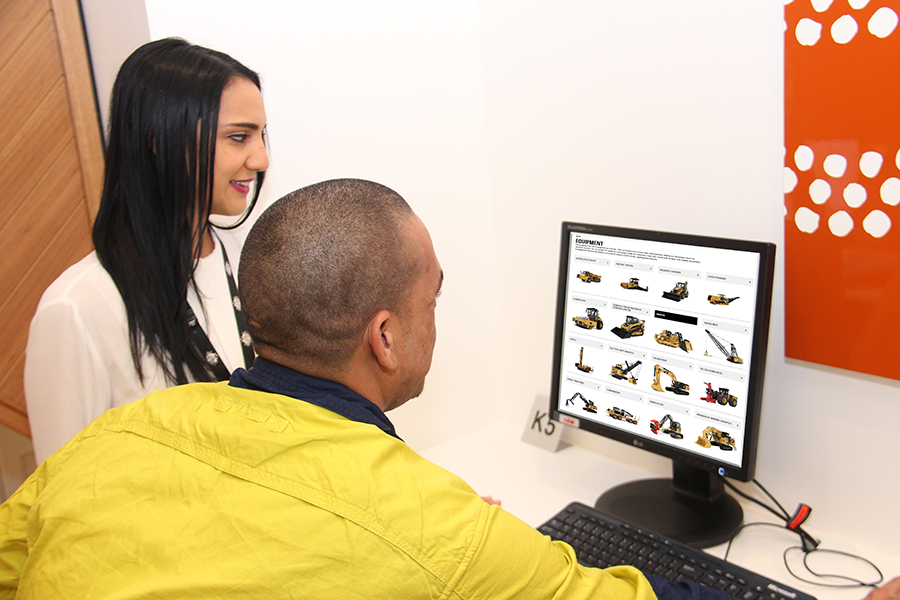Choosing a path is something you have to do for many aspects of your life — your relationships with friends and family, or where you're going to live, are just a couple of examples. And when it comes the type of work you do, or your career, choosing a path is important because it helps you focus on a clear goal and gives you a better chance of success.
To choose a career path, there's two key areas you should explore; knowing yourself, and finding out what jobs or careers are out there. Once you know more about what sort of work will suit you, and what options are available, you'll be able to choose your own path. And remember, your local Jobs and Skills Centre can help.
You can also find some great information in Career planning under the Jobs and careers section of this website, but here you'll find stories of people from your mob and find out how they chose their path.
Getting a plan together
Jobs and Skills Centres provide free support and guidance around career planning, changing careers, and upskilling. They use a range of website and tools to tailor support and guidance to your individual needs — whatever your age, or the stage of your career — even if you're still at school or you're looking for your first job. One of the tools you can use to research career development options is the myfuture website.
This website is available free to all people in Western Australia, and it has a large range of resources and tools to enable you to explore how your values, interests and skills relate to a wide range of career options and pathways.
And after you've checked out the myfuture website, you can get job ready with the deadly careers team at your local Jobs and Skills Centre — give them a call on 13 64 64 or find your local and drop in for a yarn to find out how they can help you.
Meet Shane, Maya and Tony
Sometimes hearing how other people figure things out can help you to do the same. Shane needed to get to know himself more, to help him choose a path. Maya and Tony each have a story to share about how they chose their path and took the first steps to find out what might be out there for them.
Use the buttons to move through each of the slideshow stories and see how Shane, Maya and Tony went about getting to know themselves, and how that helped them to choose a path.
Other people's stories
Getting to know what’s out there in the working world is an important part of choosing and planning your path. It involves learning about the many different industries, areas of employment and occupations, as well as the working conditions and employment prospects each might offer.
Take a look at this video to hear the stories of how four Aboriginal people chose their path and got to where they are now.
You can also find some great information in Career planning under the Jobs and careers section of this website.
How we can help
Your local Jobs and Skills Centre has experience working with Aboriginal people, and they can help you to choose your path and find what's out there. All services are free, and all ages are welcome.



